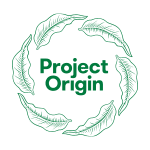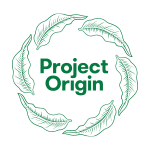价值观/质量
The Project Origin stamp of value comes from a relationship between cup profile, purpose, price and score. We take the combination of these four elements to establish a holistic understanding of quality in the coffee industry that works in tandem with our direct trade model.
We know that coffee quality and product knowledge is important for roasters. This is why we take our quality measures seriously. It’s not about finding the best of the best, it’s about understanding quality, shelf-life, profile behaviour, and ensuring you can trust in our procedures to provide you what you expect from your green coffee beans.
Our Regionals Label provides high volume, consistent profiles that roasters can rely on. Every harvest.
Our Feature Label range is categorised using cup scores to help roasters find great profiles at qualities they expect.
Our Signature Label focuses on collaboration and innovation. By focusing on cup profiles and textural experiences, we can delve into a world of variation and celebration of terroir and producer influence. Our Signature Label includes the Supernaturals Range, collaborative projects, and CM & Nitro flushed coffees categorised by gemstones: Indigo, Jasper, Amber, Diamond and Opal.
Our Labels
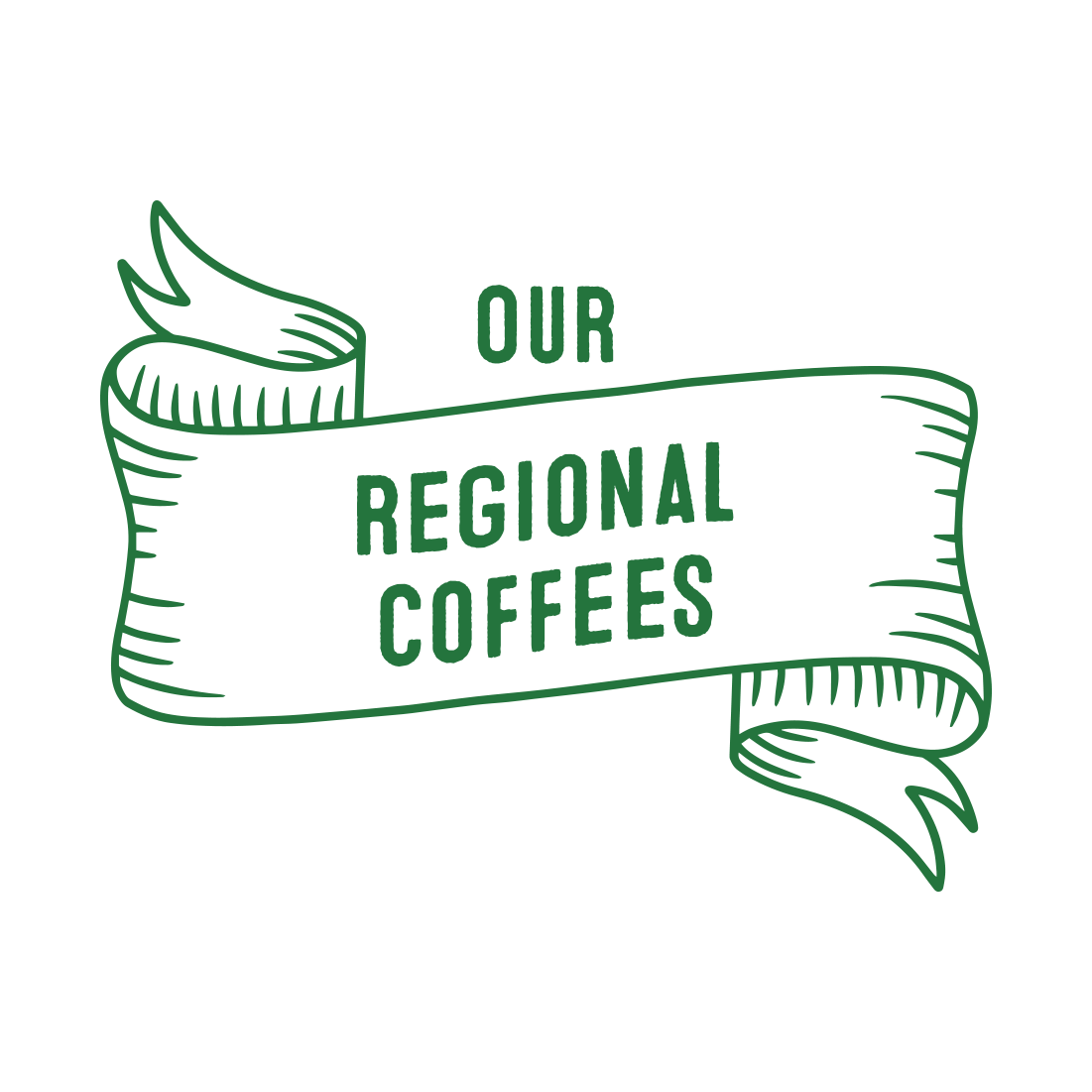
Regional Label
Your high volume coffee needs all in one place. Our Regionals range offers profile-focused lots from varying origins that are reliable in flavour, consistent in quality, and available in larger volumes. Not to mention - available across harvests.
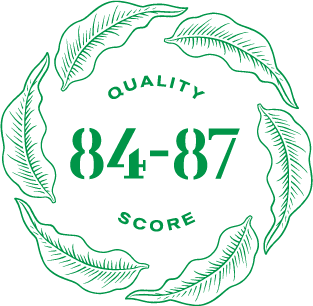
绿标
When you need lots that allow your personality to shine as a roaster, then you need our Green Label lots. This feature coffee range boasts variety in origins, producers, and profiles, all sitting in the 84-87 quality cup score range. They showcase our selections from the latest harvest and allow roasters to easily find feature worthy lots.
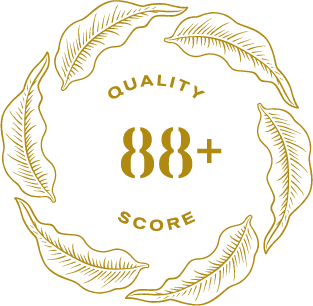
金标
Worthy of celebration, our Gold Label feature coffees are those that sit in cup scores of 88 and beyond. This feature coffee range makes it easy for roasters to discover & showcase profiles that are exceptional in balance, clarity, and flavour.
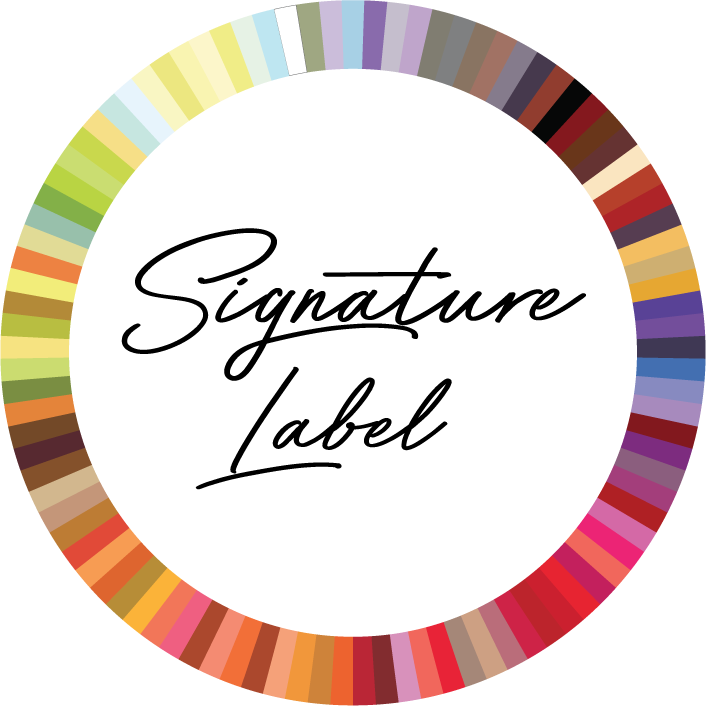
Signature Label
Welcome to the world of collaboration. This label is all about the cup profile and working with our producing partners to offer roasters unique lots with a whole lot of value. Our Signature Label features coffees with distinct processing steps, and taste colourful across the palate. From Signature processes to our Gemstone profiles, the Signature Label is your place to explore the power of collaboration.
Why you can trust us with accurate quality control
Why we enforce QC
We value every step involved in sourcing, buying, and offering green beans, and we take our quality control measures very seriously. Our quality control protocols include coffee cupping, moisture and density measurements, and green grading assessments.
Factors influencing price
To determine the final price for a specific coffee, we consider the needs of our customers, market demand, cupping score, cup profile, price, and our relationship with the producer. This combination of factors distinguishes the value that Project Origin recognizes in the coffee we source.
Approach to sourcing
Our selection process is guided by cupping standards developed by the Specialty Coffee Association (SCA). During cupping, our team assesses the coffee based on these attributes: clarity, sweetness, acidity, mouthfeel, balance, flavour, and aftertaste, as well as an overall score for these attributes. For traditionally processed coffees, we select those scoring 83 points and above. For Signature processed coffees, we use the same QC measures and prioritise cupping profile over physical appearance.
Cupping protocol
1. Cup in groups of at least three people. 2. Ensure that at least two of the participants are responsible for the coffee and are experienced cuppers. 3. Prioritise scores and decisions based on the cupping experience of the participants, and on coffees hitting expected profile. Once a coffee is approved, we proceed with the purchase, finalise contracts, and arrange shipping instructions. We use the COE cupping sheet, which rewards attributes like sweetness for a balanced assessment.
Quality Control Measures - what do we actually do?
and why do they matter? We freely share green grading measures and results with roasters for their coffees when asked.
Density
Green bean density is measured in grams per cubic centimetre. It does not measure bean size or total number of beans that fit in a space - but rather the total weight of the beans within the cubic centimetre volume. Density is useful for roasters to adjust roasting parameters. There is no right or wrong measurement for density.
水分含量
An acceptable moisture content range in green coffee is crucial for maintaining bean quality and preventing spoilage. Too much moisture increases the risk of mould and microbial growth, while too little can lead to flavour degradation and roasting inconsistencies. The right balance helps preserve flavour, prolong shelf life, and ensure consistent roasting results. While moisture content is primarily useful for predicting how a coffee will age over time, on its own it is not a reliable indicator of cup quality. If the moisture falls outside our preferred range, we prioritize using the coffee quickly. To measure moisture content, we use the Sinar AgriPro 6095 Green Coffee Moisture Analyser. Our acceptable moisture content range is 10%–12% moisture content.
Water activity
An acceptable water activity range helps prevent mould and spoilage while preserving the coffee's quality and shelf life. It ensures stable moisture levels, which aid in consistent roasting and prevent flavour degradation during storage. Like moisture content, coffee that fall outside the acceptable range are prioritised for quick use. To measure water activity, we use the Decagon Pawkit meter. Our acceptable water activity range is from 0.4 to 0.7.
Green grading & defects
To conduct green grading assessments, we use the SCA Green Arabica Coffee Classification System (GACCS) to evaluate the physical appearance of green beans. We analyse a 350g sample to identify beans with physical attributes that may impact the final cup quality. These attributes are referred to as defects. At Project Origin, we use the GACCS as a guideline.
We believe looks can be deceiving.
What matters is: does it taste good?!
What do we do with this data?
Project Origin QC’s every coffee we purchase. This data is stored in our work management platforms for several years so we can track trends over time. It’s just another reason we love working with the same producers each harvest. All scores and measurements are recorded, including cupping notes and photos of defects found. These are available to roasters upon request.
What happens if a lot fails QC?
Let’s get one thing straight first: we will never send a coffee back to origin if it fails QC.
Ever.
If a coffee fails QC, then it’s a matter of re-establishing its value. Can it serve a new purpose? Does it need an adjusted price? If the issue stems from harvest or processing means, we share results back to origin with partners we have great relationships with, and we communicate together to understand the results and how best to avoid them in future harvests or shipments. If the issue stems from delivery conditions, we communicate with delivery partners to investigate the cause. If the issue stemmed from our internal storage – well, then, we need to investigate that, too.
Green grading failure
If a coffee fails the green grading assessment, the cupping results are reviewed, and the issue is escalated to the supplier.
Cupping Failures
If a coffees QC score is either 1 whole point or more lower than the original buying score, we conduct another cupping! Just to confirm. If the second cupping shows similar results, or if the coffee can't be used for its original purpose, the results are shared to the supplier for communication on future potentials, and we find a new purpose for that coffee.
Are all failures equal?
Nope. It always comes down to taste and purpose. Let us explain more by thinking about coffee processing and what can impact flavour.
Traditionally Processed
Signature Processed
Our Quality Assessment
We take our coffees and our partner relationships very seriously. This is why we do what we can to celebrate what we have and to highlight the positives in every lot. We cup our coffees using an adapted version of the Cup of Excellence scoresheet so that we can reward the coffees for favourable qualities such as sweetness and clarity. We will never (ever) send beans back to origin, and we will always value the cup profiles of a lot over the appearance of the beans. We believe coffee exists to be enjoyed and drunk, so we stamp our quality based on this belief coupled with our value of maintaining and building relationships across the world.
质量
Quality, for us, is more than just a cupping score. We take the relationship of score, cup profile, price and purpose to stamp our Project Origin mark of value on a coffee.
社区
我们重视社区为生产咖啡所做的努力,因此我们投资于可以改善咖啡质量和生产咖啡者生计的项目。
